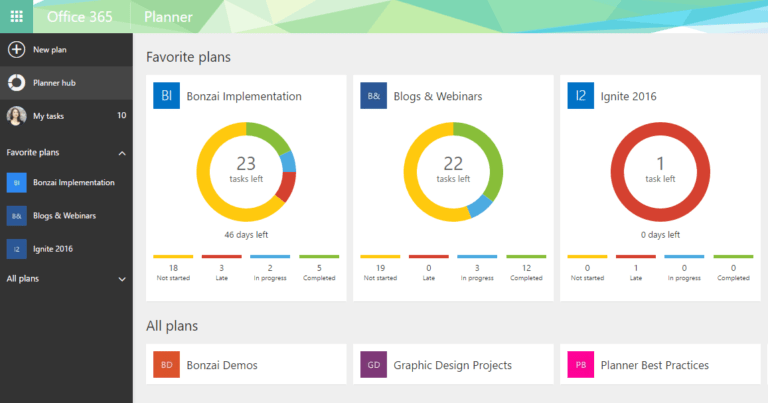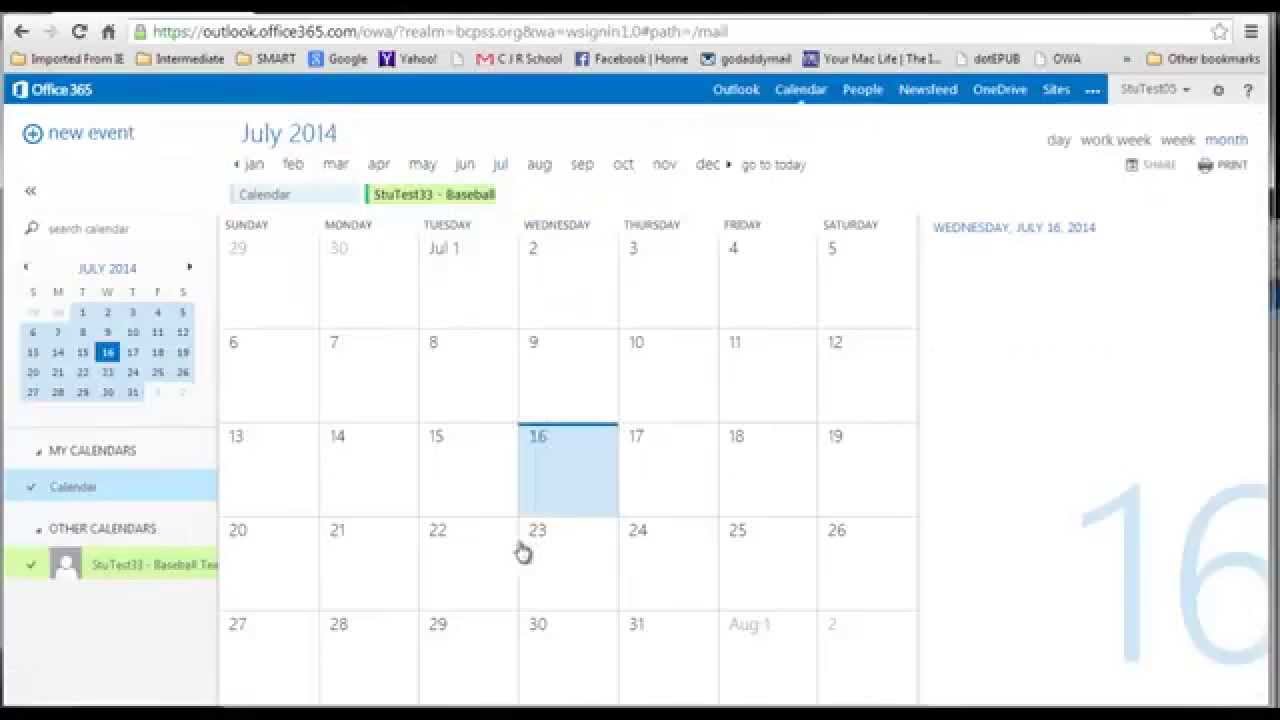
The defining factor for Microsoft Lists is that it uses a tabular format with custom columns, meaning it’s flexible enough to suit almost any need – as we’ll see in the next section. Lists is an evolution of the SharePoint lists feature, which has been part of the 365 suite from the beginning.Īs the name suggests, Lists is an app which allows you to create collections of items, be they tasks, events, people, or even your groceries. One of the more recent additions to the Microsoft stable of apps is Microsoft Lists – although it’s not actually new at all.

So how do you juggle so many tasks without dropping the ball? The Microsoft 365 productivity suite might just have the answer.Īlong with the classic apps, like Word and Excel, it also offers a huge variety of lesser-known apps – many of which we’ve covered in our “What’s That App?” series on the Get Support blog.ģ65 offers a number of apps designed to help you manage your task list and be more productive, but which one should you use when? In this productivity showdown, we’re going to analyse three of the best task management apps – Microsoft Lists, Microsoft Planner, and Microsoft To Do – and let you know exactly when to use each one to supercharge your productivity.

If the idea of a never-ending task list seems familiar to you, you’re not alone. If you run or manage a business, this is even more important – although it might feel like you have more on your to-do list than you’ll ever be able to get through.

There are times in life when you just need to get things done.

We’ll also point out their key differences to help you decide how they can best improve your day-to-day workflow.


 0 kommentar(er)
0 kommentar(er)
